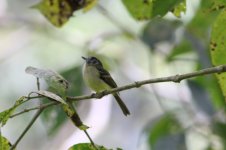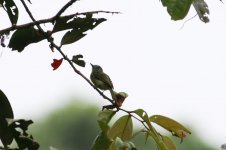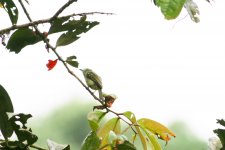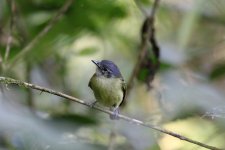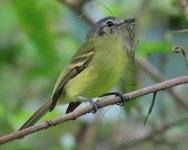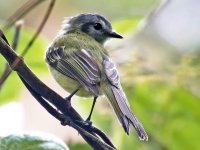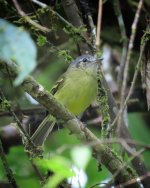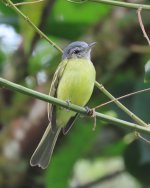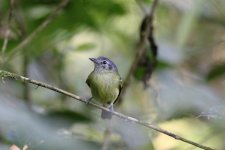Daan van der hoeven
Well-known member
Hi all,
Maybe you guys can help me ID these Ecuadorian Bristle tyrants.
The first picture was taken on the west slope (around 1300 m), I'm thinking Marble-faced given the whitish wingbars.
But the next two pictures are from the east slope (same elevation) and the bird has real buffy/cinnamon wingbars so I am thinking Variegated.
For the last picture I am thinking of Ecuadorian Tyrannulet, but not quite sure.
Thanks in advance!
Daan van der Hoeven
Maybe you guys can help me ID these Ecuadorian Bristle tyrants.
The first picture was taken on the west slope (around 1300 m), I'm thinking Marble-faced given the whitish wingbars.
But the next two pictures are from the east slope (same elevation) and the bird has real buffy/cinnamon wingbars so I am thinking Variegated.
For the last picture I am thinking of Ecuadorian Tyrannulet, but not quite sure.
Thanks in advance!
Daan van der Hoeven




